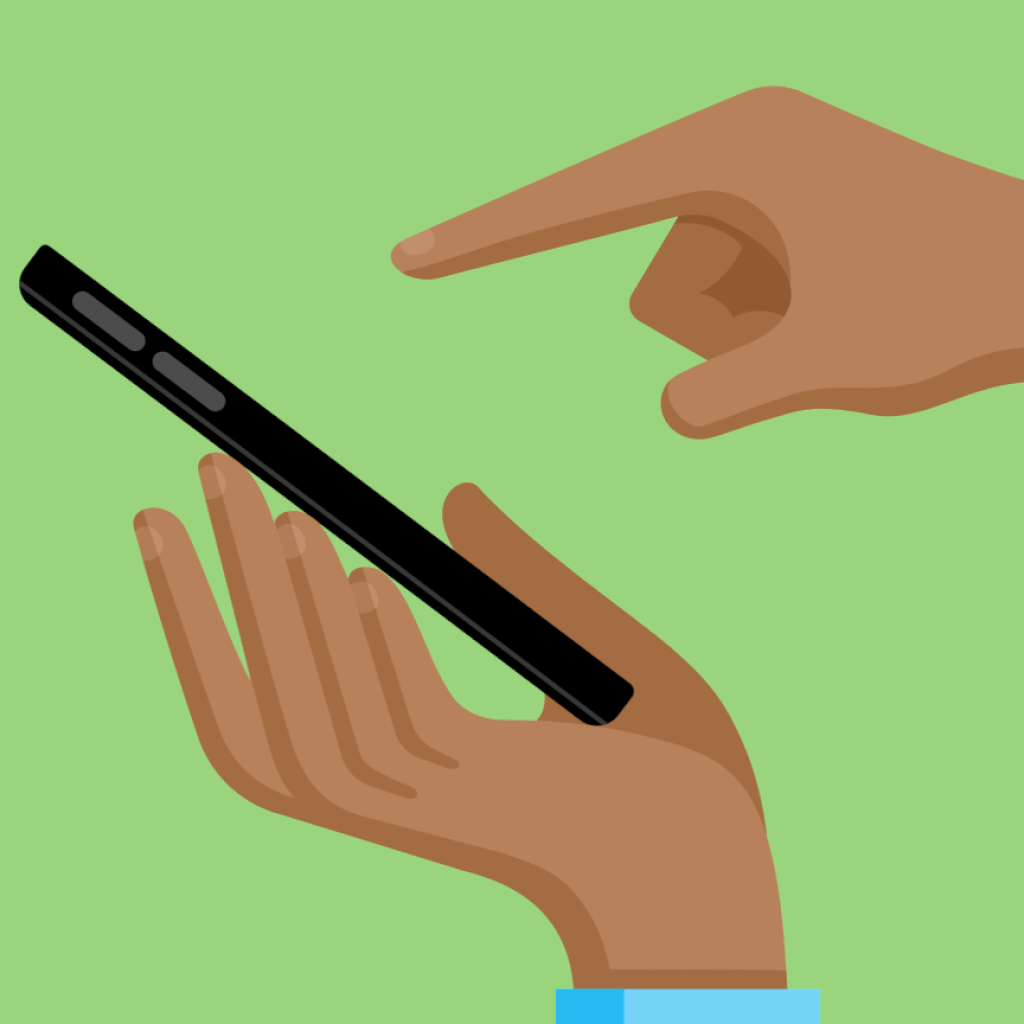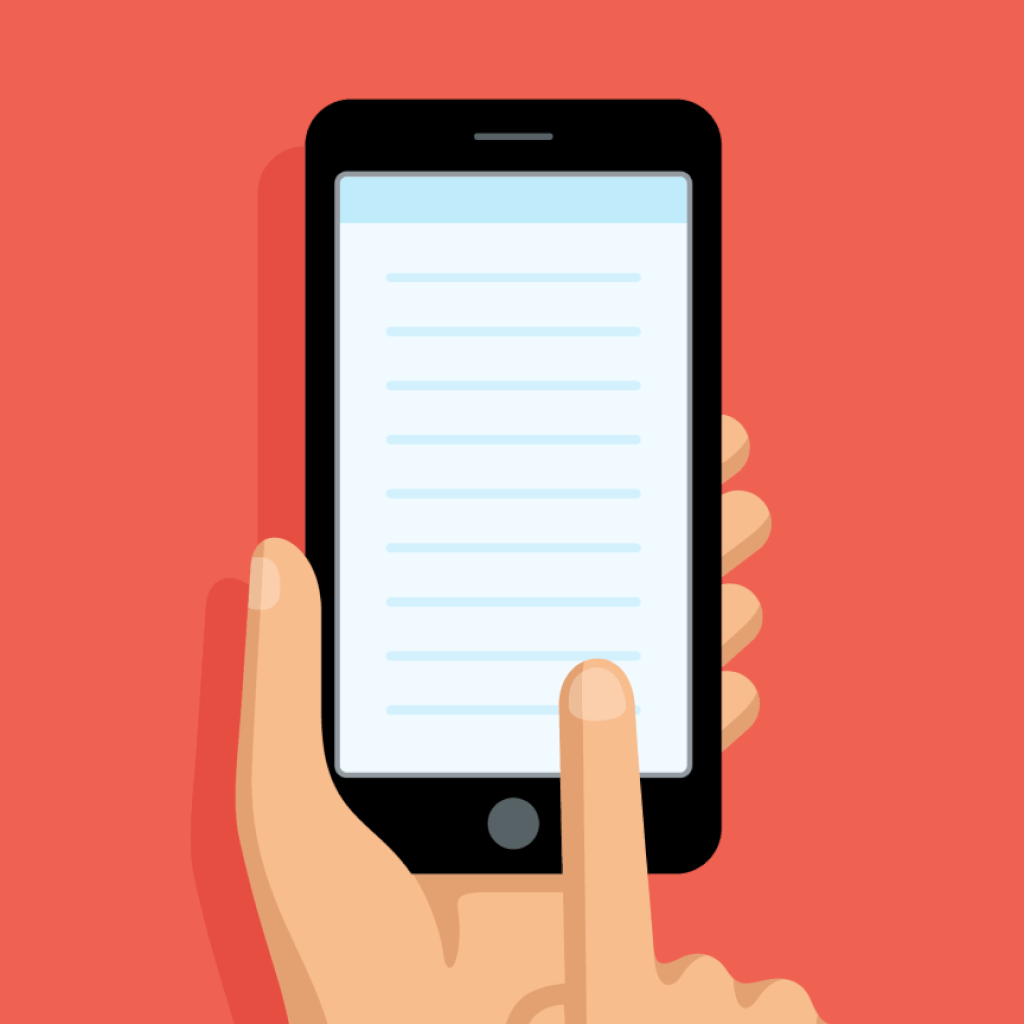Banks and Retailers Are Tracking How You Type, Swipe and Tap
When you’re browsing a website and the mouse cursor disappears, it might be a computer glitch — or it might be a deliberate test to find out who you are.
The way you press, scroll and type on a phone screen or keyboard can be as unique as your fingerprints or facial features. To fight fraud, a growing number of banks and merchants are tracking visitors’ physical movements as they use websites and apps.
The data collection is invisible to those being watched. Using sensors in your phone or code on websites, companies can gather thousands of data points, known as “behavioral biometrics.”
A phone’s touchscreen sensors can track where and how you swipe your device to help determine who you are.
The angle at which you hold your device is one of the many biometric markers that can be measured.Behavioral monitoring software churns through thousands of elements to calculate a probability-based guess about whether a person is who they claim. Two major advances have fed its growing use: the availability of cheap computing power and the sophisticated array of sensors now built into most smartphones.
The system’s unobtrusiveness is part of its appeal, Mr. Hanley said. Traditional physical biometrics, like fingerprints or irises, require special scanning hardware for authentication. But behavioral traits can be captured in the background, without customers doing anything to sign up.
BioCatch occasionally tries to elicit a reaction. It can speed up the selection wheel you use to enter data like dates and times on your phone, or make your mouse cursor disappear for a fraction of a second.
“Everyone reacts a little differently to that,” said Frances Zelazny, BioCatch’s chief strategy and marketing officer. “Some people move the mouse side to side; some people move it up and down. Some bang on the keyboard.”
Because your reaction is so individual, it’s hard for a fraudulent user to fake. And because customers never know the monitoring technology is there, it doesn’t impose the kind of visible, and irritating, roadblocks that typically accompany security tests. You don’t need to press your thumb on your phone’s fingerprint reader or type in an authentication code.
Biometric software can also determine the pressure you tend to apply to your phone when you tap and type.“We don’t have to sit people down in a room and get them to type under perfect laboratory conditions,” said Neil Costigan, the chief executive of BehavioSec, a Palo Alto, Calif., company that makes software used by many Nordic banks. “You just watch them, silently, while they go about their normal account activities.”



